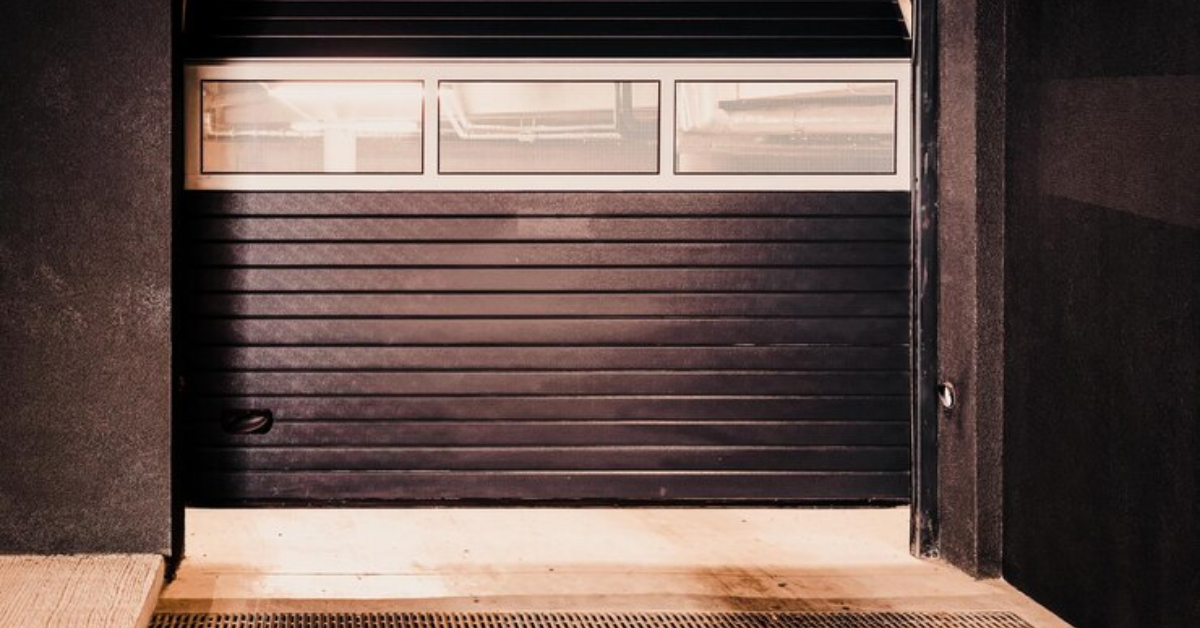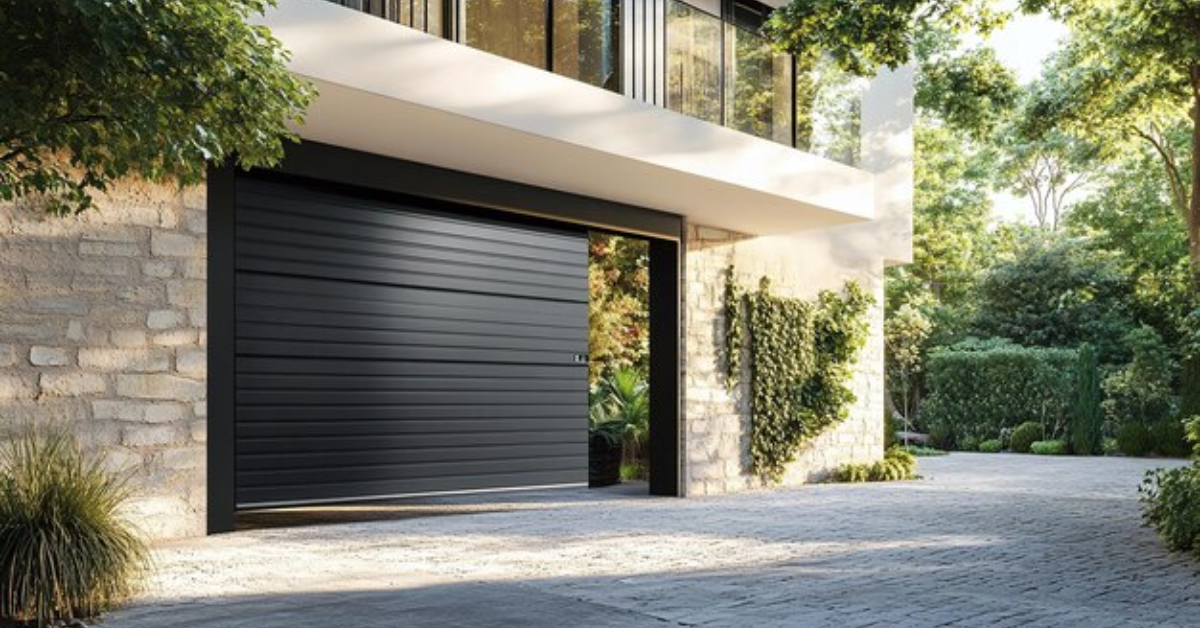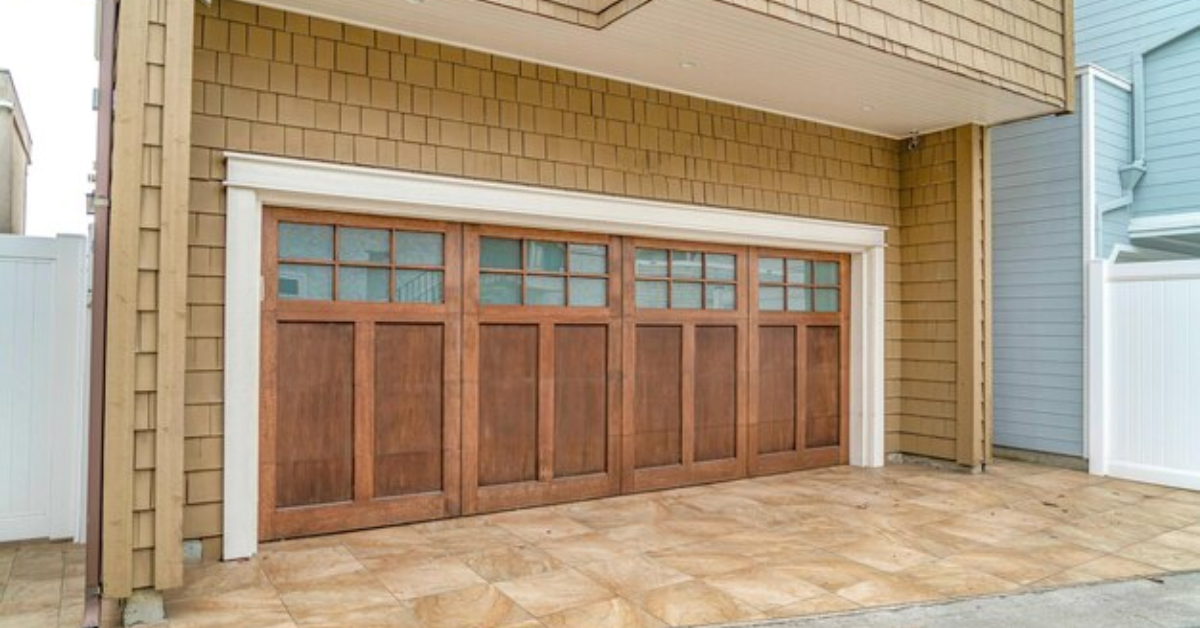How to Keep Your Garage Warm in the Winter and Cool in the Summer
Your garage isn’t just a place to park your car; it’s often a workspace, storage area, or even an extension of your home. However, extreme temperatures in winter and summer can make it uncomfortable. Maintaining a stable temperature in your garage can protect your belongings, improve energy efficiency, and make the space more usable. Here’s a comprehensive guide to keeping your garage warm in winter and cool in summer.
Analyzing the Challenges
Garages are often less insulated than the rest of the house, which makes them vulnerable to temperature fluctuations. In winter, the cold air seeps in, creating an uninviting chill. In summer, the garage can trap heat, turning it into an oven. To combat these issues, a combination of insulation, ventilation, and proper planning is key.
Step 1: Insulate Your Garage
Insulation is the first and most effective step in temperature control. It works year-round by keeping warm air inside during winter and preventing heat from entering in summer.
- Insulating the Walls and Ceiling
Use fiberglass batts, foam boards, or spray foam insulation to cover the walls and ceiling of your garage. This creates a thermal barrier that reduces heat transfer. - Sealing Cracks and Gaps
Inspect your garage for any cracks, gaps, or holes in the walls, doors, and windows. Use caulk or weatherstripping to seal these areas, as they are common points for air leakage. - Insulated Garage Doors
Consider upgrading to an insulated garage door or adding insulation to your existing door. This can significantly reduce heat loss in the winter and heat gain in the summer.
Step 2: Install Ventilation
Proper ventilation allows air to circulate, which is essential for keeping your garage cool in the summer and reducing moisture buildup year-round.
- Exhaust Fans
Installing an exhaust fan helps to expel hot air during summer and keeps the garage feeling fresh. - Vents and Louvers
Add roof vents or wall louvers to enhance airflow. Passive ventilation systems allow hot air to escape naturally. - Windows
If your garage has windows, keep them open during mild weather to allow for cross-ventilation. Adding window screens can keep pests out.
Step 3: Use Heating and Cooling Systems
Supplemental heating and cooling systems can make your garage comfortable in extreme temperatures.
- Heating Options for Winter
- Space Heaters: Electric or propane heaters are a cost-effective way to warm up your garage.
- Radiant Floor Heating: This is a long-term investment that provides even heating and is highly efficient.
- Cooling Options for Summer
- Portable Air Conditioners: These are ideal for garages without a central HVAC system.
- Ceiling or Wall Fans: Fans are an affordable way to improve airflow and reduce heat.
Step 4: Use Reflective Materials
Reflective materials can reduce heat absorption and maintain a stable temperature.
- Radiant Barriers
Install a radiant barrier on your garage ceiling to reflect heat away during summer. - Reflective Paints
Use light-colored, reflective paints for walls and doors to minimize heat absorption.
Step 5: Add Insulated Flooring
The garage floor is often overlooked but can be a major source of heat loss in winter. Consider adding rubber mats, foam tiles, or insulated floor panels to retain warmth and provide comfort.
Step 6: Optimize Your Garage Door Usage
During summer, avoid opening the garage door during the hottest part of the day to keep the heat out. In winter, minimize door openings to retain warmth. Adding an automatic door opener with a timer can help ensure the door doesn’t stay open longer than necessary.
Step 7: Incorporate Smart Technology
Smart thermostats and garage door openers can help regulate the temperature in your garage. These devices allow you to monitor and adjust settings remotely, ensuring optimal conditions without wasting energy.
Step 8: Maintain and Monitor
Regular maintenance ensures your garage remains energy-efficient. Check insulation, ventilation, and heating/cooling systems periodically for wear and tear. Address any issues promptly to maintain a comfortable environment year-round.
Benefits of a Temperature-Controlled Garage
- Protects Belongings: Temperature extremes can damage items stored in your garage, such as tools, electronics, and furniture.
- Increases Comfort: A well-regulated garage can be used as a workshop, gym, or recreational space.
- Improves Energy Efficiency: Proper insulation and temperature control reduce energy waste, saving on utility bills.
- Enhances Home Value: A functional and comfortable garage adds to the overall appeal of your property.
Final Thoughts
Keeping your garage warm in winter and cool in summer requires a mix of insulation, ventilation, and temperature-regulating systems. By implementing these strategies, you can create a more comfortable and functional space that serves your needs throughout the year. Whether you’re protecting your belongings or creating a multi-purpose area, investing in your garage’s temperature control is a smart and worthwhile effort.




